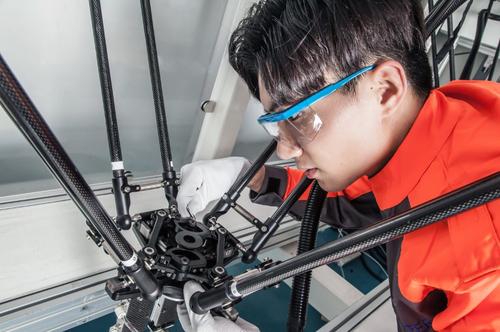Motion space: The workspace of the series is relatively large, while the workspace of the parallel robot is relatively small. End load force: The load of serial robots is relatively small, while the load force of parallel robots is large.

Speed: In theory, the speed of series connection is faster, and the speed of parallel connection is slower. However, it must be pointed out that in actual packaging lines, serial robots are widely used and the speed is also fast. This is a matter of structural size and control output. Motion control: The inverse kinematics equations of serial robots are difficult to understand, and the forward kinematics of parallel robots are difficult to understand. With a six-degree-of-freedom mechanism, the inverse kinematics of a serial robot may have multiple solutions, while the forward kinematics are unique; the inverse kinematics of a parallel mechanism is unique, while the forward kinematics are multiple solutions. In practical applications, serial robots have a wider universal range and are more popular, such as palletizing, handling, and welding; parallel robots have a more special application, mainly for some heavy-duty types, such as simulation platforms, and light applications are mainly packaging production lines.